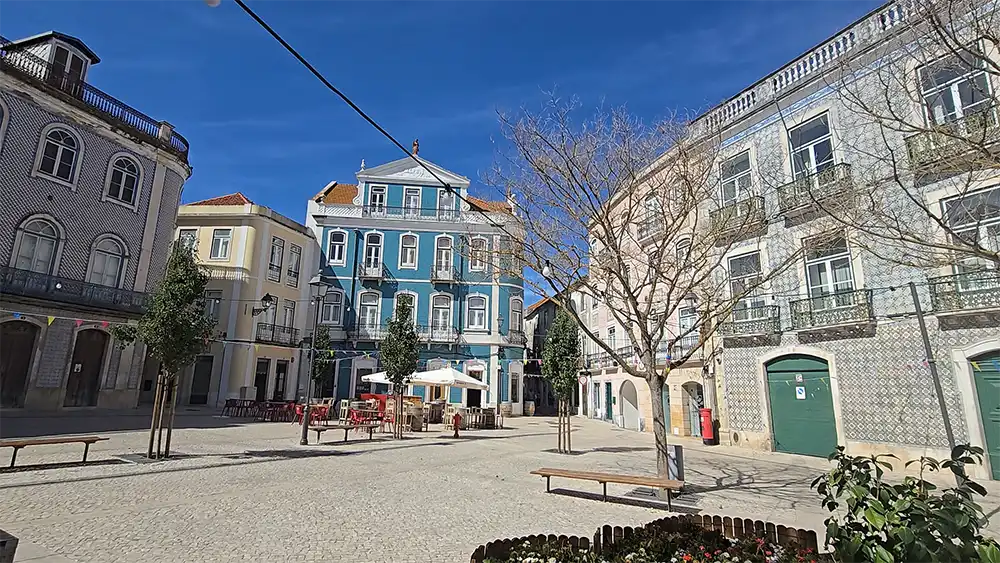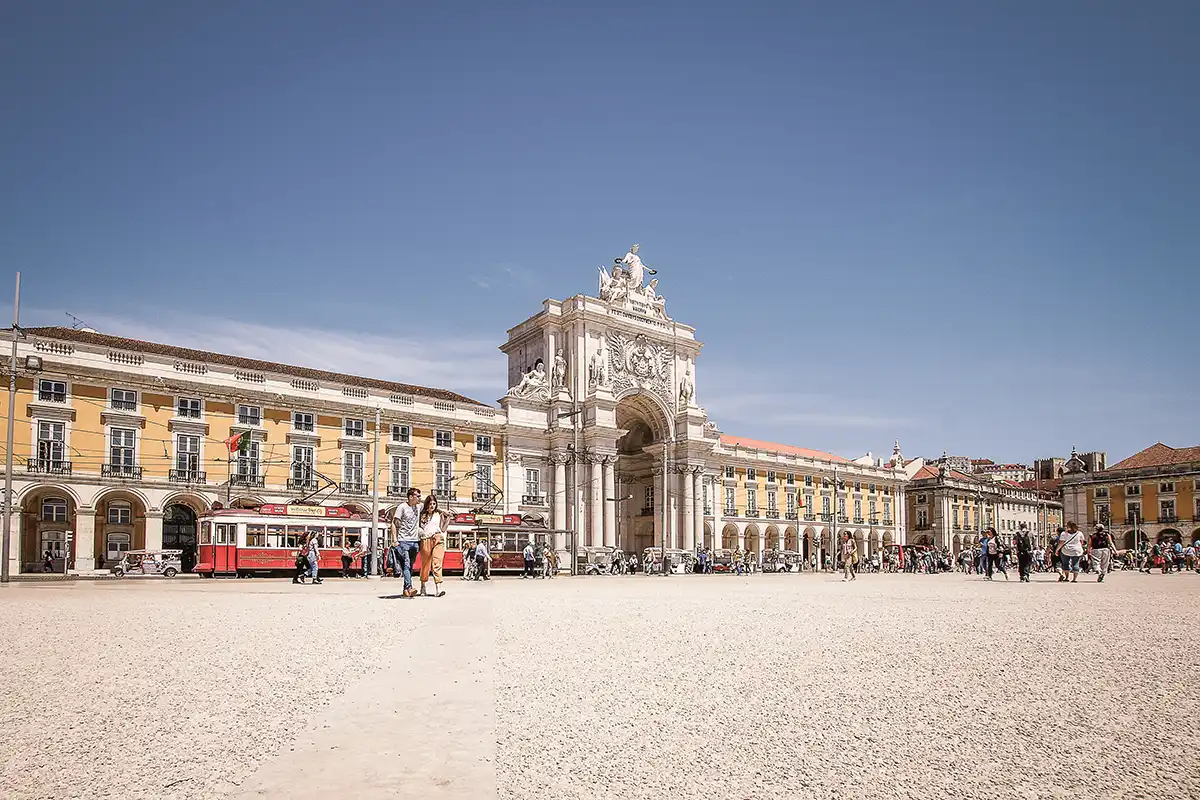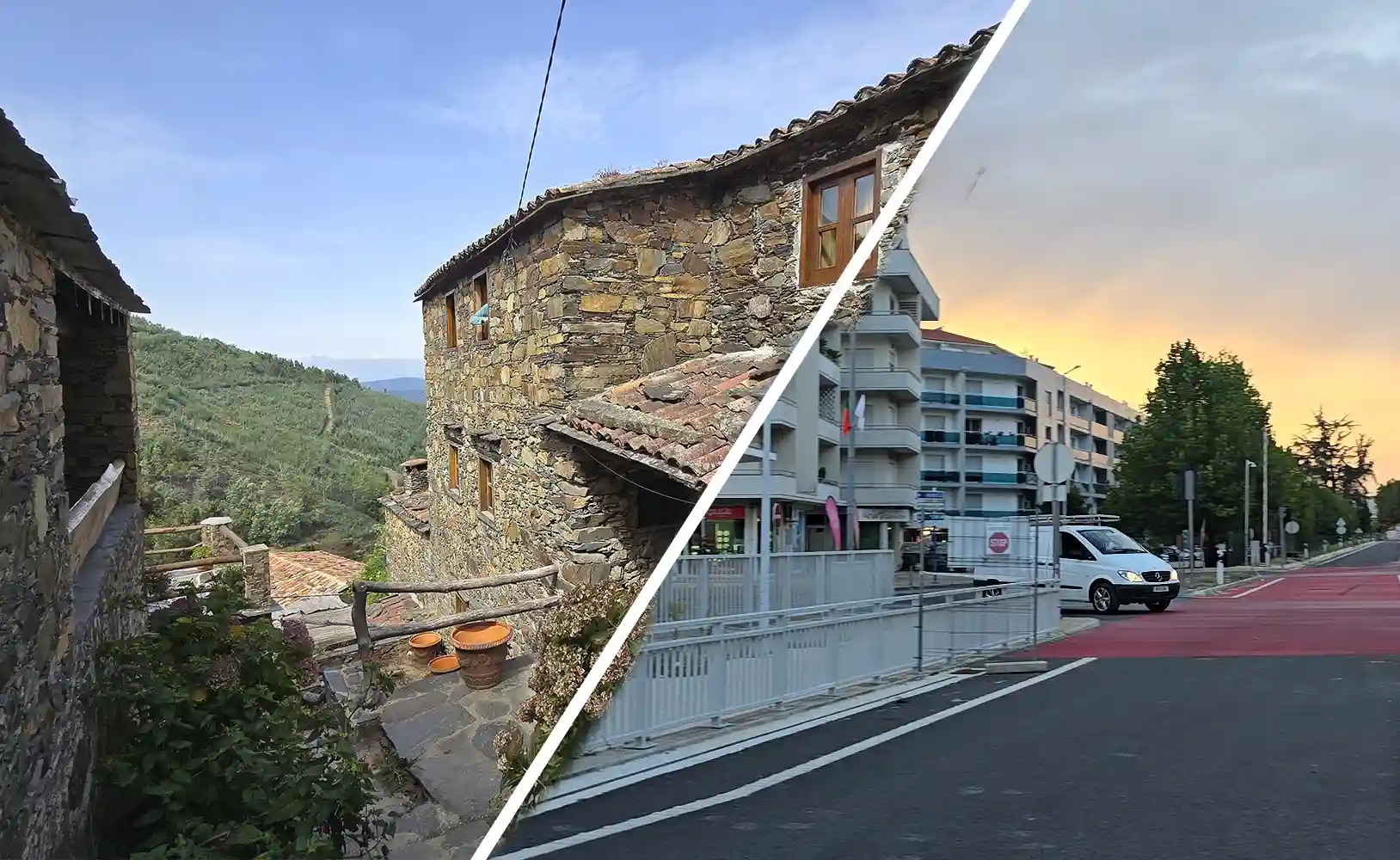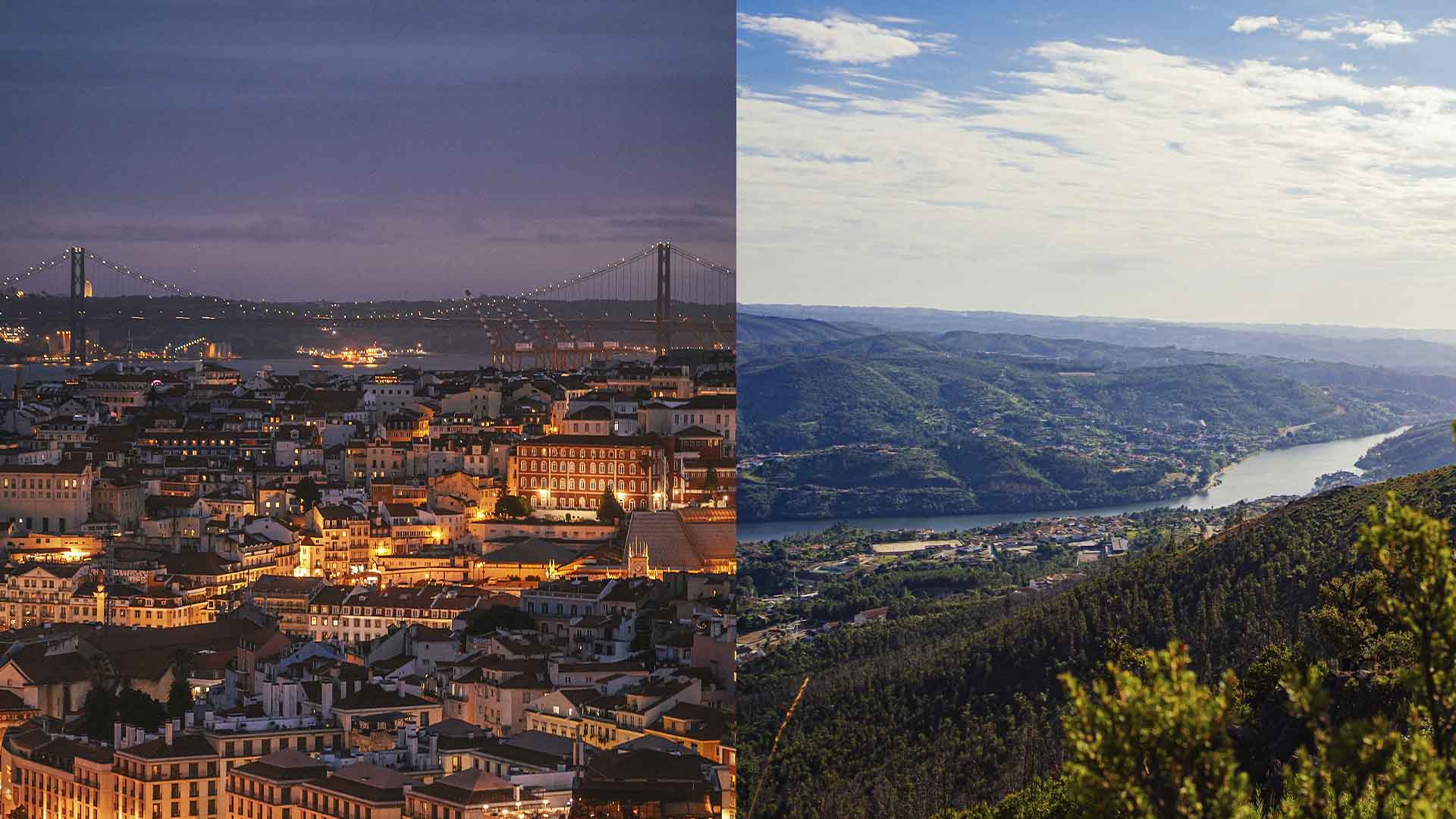When most people think about moving to Portugal, their minds immediately go to Lisbon, Porto, or the Algarve. But there’s so much more to discover beyond the country’s most famous destinations — and one city that deserves a closer look is Santarém.
Located in the center of Portugal, about an hour’s drive from Lisbon, Santarém is a charming and historically rich city that offers a balance of authenticity, affordability, and opportunity. It’s the capital of the Santarém district and has a population of around 65,000 people, giving it a comfortable, medium-sized feel, large enough to have everything you need, yet small enough to retain its traditional Portuguese character.
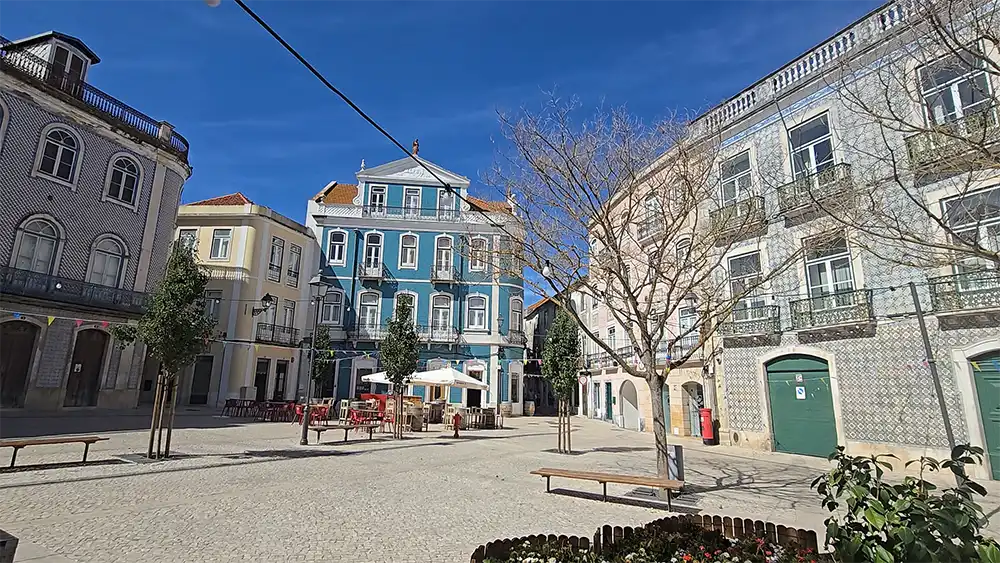
How is the Climate in Santarém
One of the first things to know about Santarém is its climate. Being inland, it experiences hot, dry summers — temperatures often climb above 40°C (104°F). Even in early autumn, it can still be warm and sunny, while coastal areas like Cascais or Lisbon might already be cloudy and cool.
If you love warm weather, Santarém could be the perfect spot for you. However, those sensitive to heat might prefer it as a second home or a winter getaway rather than a year-round base.
A City Steeped in History
Santarém is one of Portugal’s most historically significant cities. It played a key role during the Reconquista, the medieval period when Portuguese forces reclaimed territory from the Moors. Its strategic hilltop position made it an important military and defensive site.
The city also has ties to more recent Portuguese history — parts of the April 25th Revolution (which ended Portugal’s dictatorship in 1974) were planned here.
Santarém is often called the “Capital of Gothic Architecture” in Portugal, and for good reason. Walking through the old town, you’ll find beautifully detailed churches and religious monuments on almost every corner. The city’s historic center is packed with architectural treasures, though many buildings are in need of renovation.
Because of its medieval layout, driving in the city center can be challenging — expect narrow cobblestone streets, pedestrian-only areas, and plenty of dead ends. Still, it’s a wonderful place to explore on foot, with local shops, cafés, and plazas where residents enjoy a relaxed pace of life.
Lifestyle and Local Feel
Santarém isn’t overly touristic. It has its share of visitors, especially those interested in religious sites or Portuguese history, but it remains a genuinely local city. You’ll find a strong sense of community, a lively café culture, and a mix of traditional and modern life.
The city is also home to a university and a hospital, along with all the usual amenities you’d expect — supermarkets, restaurants, and schools.
One of the most beautiful spots in Santarém is the castle gardens, located within the old castle walls. The area has been transformed into a peaceful green park with panoramic views over the Tagus River and the surrounding farmland. It’s an ideal place to relax, enjoy a coffee, or simply take in one of the best views in central Portugal.
Real Estate and Investment Potential
For anyone considering buying property, Santarém presents a great opportunity. Despite its proximity to Lisbon and growing popularity, it remains highly affordable compared to the capital.
As of 2025, average prices in the city center are around €1.900 per square meter. That’s nearly half of Lisbon’s average, and still below many other European mid-sized cities. Interestingly, Santarém’s prices were under €1.000 per square meter just a few years ago, and they have nearly doubled since 2022. This growth is likely linked to rising prices in Lisbon, which have pushed buyers and renters further inland.
Even with that increase, Santarém’s prices remain accessible, and there’s still plenty of room for appreciation. In fact, the district average sits at around €1.400 per square meter, while some nearby municipalities — such as Almeirim, Cartaxo, Golegã, and Chamusca — still offer homes for under €1.000 per square meter.
On the flip side, Santarém’s outskirts are seeing more new developments, particularly near the university area. You’ll also find an industrial and commercial zone with modern amenities like Mercadona and other large stores. These areas tend to attract younger families and professionals who work in Lisbon but prefer quieter living.
Nearby Areas Worth Exploring
Santarém’s surroundings are just as interesting as the city itself.
- Salvaterra de Magos, a riverside village nearby, is the most expensive area in the district — and for a unique reason. Its name translates roughly to “safe haven of magicians,” and it has become home to a growing international spiritual community.
- Golegã is another notable area, world-famous for its Lusitano horse breeding and its annual equestrian fair, which attracts visitors from all over the world.
- Nature lovers will enjoy Serra de Aire and Candeeiros Natural Park, not far from Santarém, offering hiking, caves, and scenic countryside.
Getting There and Around
Santarém is easily accessible by both car and train. It’s only about an hour from Lisbon via the A1 motorway, and several intercity trains also stop nearby. Interestingly, the train station isn’t located in the city center, but rather in a small village at the bottom of the hill near the river — a short drive or bus ride away.
That nearby village is also one of the most affordable places in the area, with many properties still available for under €1.000 per square meter, making it appealing for renovation projects or investment properties.
Santarém may not have the fame of Lisbon or the beaches of the Algarve, but it offers something equally valuable — a sense of authenticity, rich history, and genuine Portuguese lifestyle. Whether you’re looking for a peaceful home base, an investment property, or a place to experience the “real Portugal,” this city delivers all of that and more.
If you’d like to learn more about moving to Portugal or finding the right area for your lifestyle and budget, visit www.savvycatrealty.com or reach out to us directly at contact@savvycatrealty.com.
We share new insights every week about life, property, and relocation in Portugal — so stay tuned for more!



